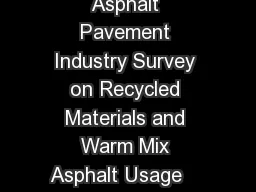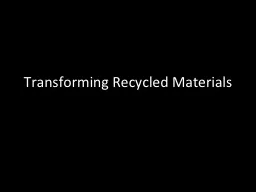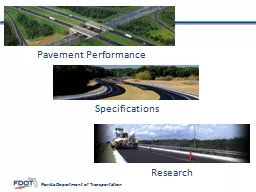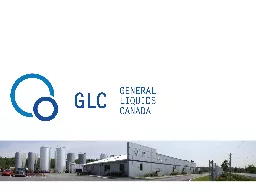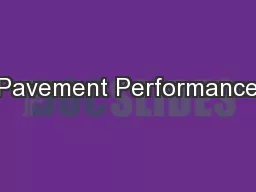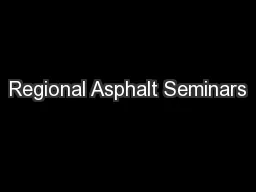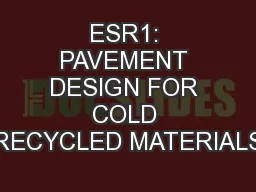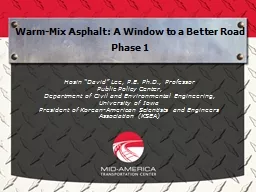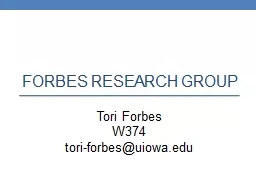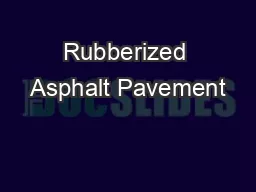PDF-Information Series Annual Asphalt Pavement Industry Survey on Recycled Materials and
Author : kittie-lecroy | Published Date : 2015-02-19
Lanham MD 20706 4407 Tel 301 731 4748 Fax 301 731 4621 Toll free 1 888 468 6499 wwwAsphaltPavementorg Publication Sales napa ordersabdintlcom Toll free 888 600 4474
Presentation Embed Code
Download Presentation
Download Presentation The PPT/PDF document "Information Series Annual Asphalt Pavem..." is the property of its rightful owner. Permission is granted to download and print the materials on this website for personal, non-commercial use only, and to display it on your personal computer provided you do not modify the materials and that you retain all copyright notices contained in the materials. By downloading content from our website, you accept the terms of this agreement.
Information Series Annual Asphalt Pavement Industry Survey on Recycled Materials and: Transcript
Download Rules Of Document
"Information Series Annual Asphalt Pavement Industry Survey on Recycled Materials and"The content belongs to its owner. You may download and print it for personal use, without modification, and keep all copyright notices. By downloading, you agree to these terms.
Related Documents

